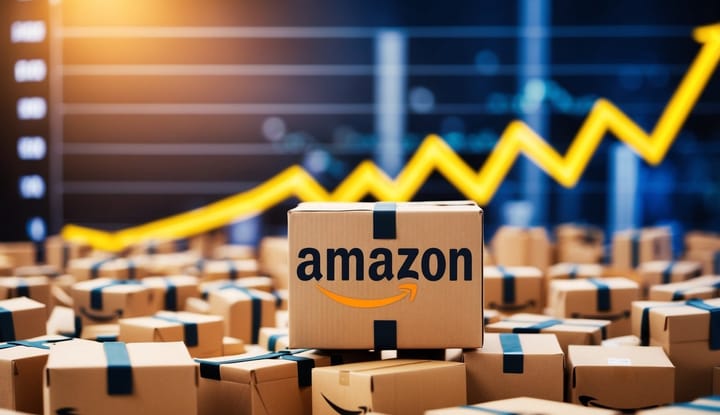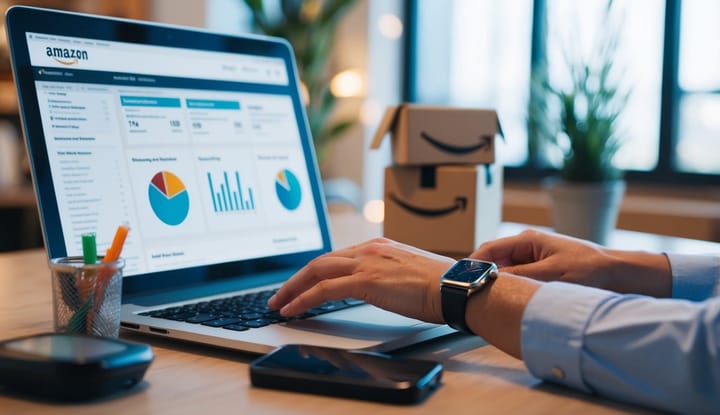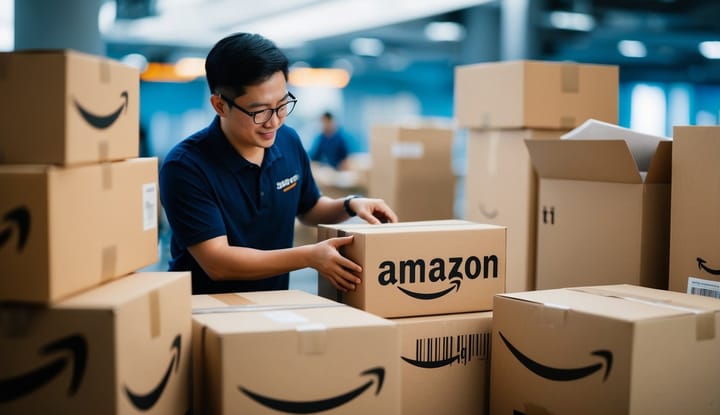Most Profitable Amazon Product Categories for Sellers in 2024
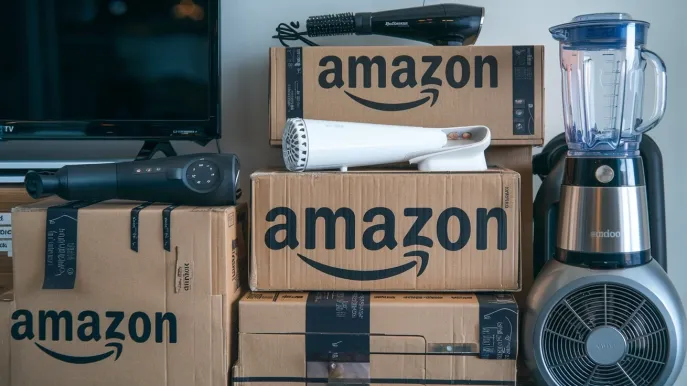
Selling on Amazon can be a lucrative venture for entrepreneurs. Many people wonder which product categories offer the best profit potential. The answer isn't always straightforward, as market trends and competition change over time.

Some of the most profitable Amazon categories include clothing, shoes, jewelry, electronics, and toys. These categories often see profit margins over 20%. But success on Amazon depends on more than just picking a popular category. It also requires smart product selection, pricing strategies, and effective marketing.
New sellers might want to start with less competitive niches. As they gain experience, they can expand into broader categories. The key is to find products with steady demand and reasonable competition levels.
Key Takeaways
- Popular Amazon categories like clothing and electronics often yield high profits
- Success on Amazon requires more than just choosing a profitable category
- New sellers can start in smaller niches before expanding to more competitive areas
Understanding Amazon's Marketplace
Amazon's marketplace is a complex ecosystem of sellers, products, and categories. It offers many chances for sellers to make money by picking the right items to sell.
Overview of Amazon Categories
Amazon has over 30 product categories. Some top ones are Beauty & Personal Care, Home & Kitchen, and Clothing, Shoes & Jewelry. These areas often have high profit margins for sellers.
Beauty & Personal Care products are very popular. Many shoppers buy these items often. Home & Kitchen goods also sell well. People always need things for their homes.
Clothing and accessories are big sellers too. Fashion changes quickly, so there's always demand for new items.
The Role of Third-Party Sellers
Third-party sellers are key to Amazon's success. They're expected to make up 66.1% of Amazon's total sales by 2024. These sellers bring a wide range of products to the platform.
Third-party sellers can be individuals or businesses. They choose what to sell and set their own prices. This gives shoppers more choices and often better deals.
Sellers can use Amazon's huge customer base to grow their business. They can reach millions of buyers they couldn't on their own. This makes Amazon a great place for small businesses to start selling online.
Key Factors Influencing Profitability on Amazon
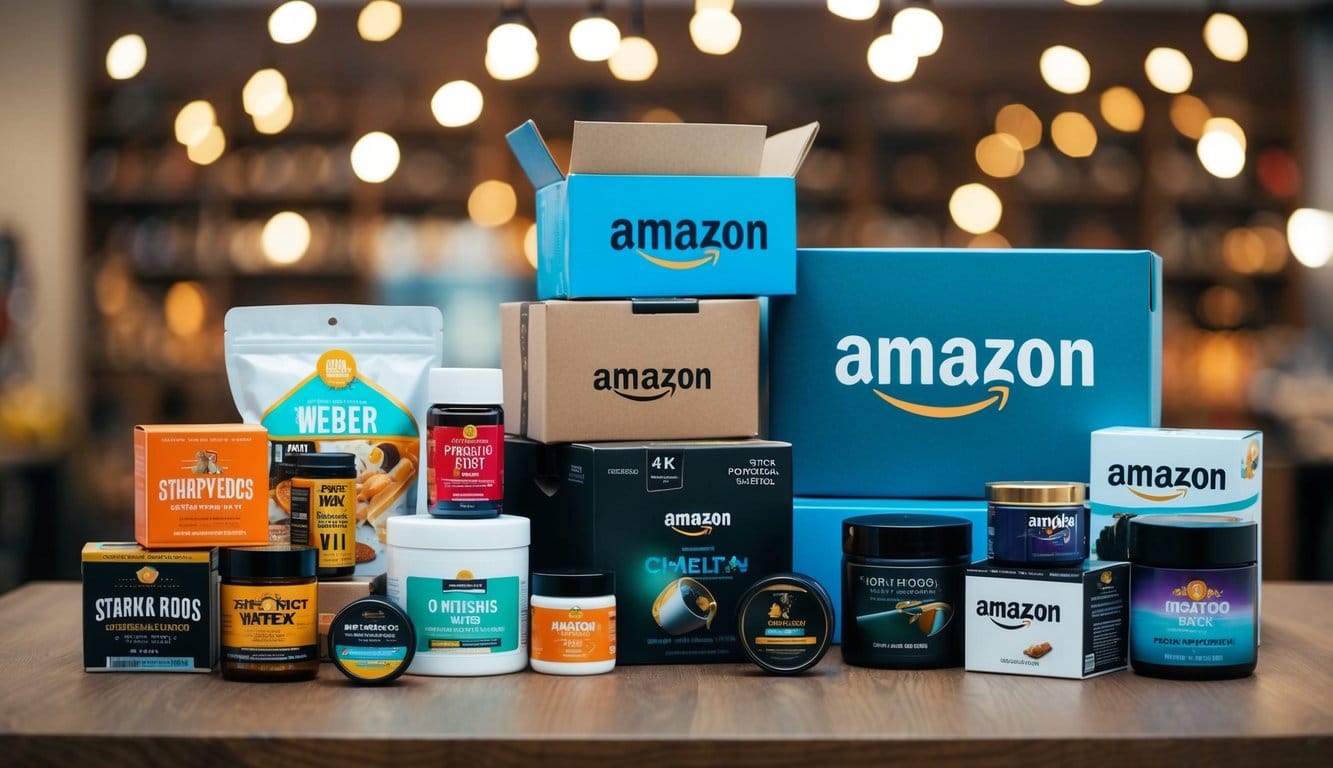
Profit margins, competition, and fees play crucial roles in determining success on Amazon. These elements shape sellers' ability to generate income and grow their businesses on the platform.
Profit Margins and Net Margins
Profit margins measure the percentage of revenue that becomes profit after expenses. Net margins show the final profit after all costs. On Amazon, higher margins often lead to greater success.
Beauty and personal care products tend to have strong margins. About 30% of sellers in this category report net margins over 21%. Home and kitchen items also perform well, with 30% of sellers seeing high profits.
Clothing and jewelry follow closely, with 27% of sellers enjoying good margins. Electronics and sports goods can be profitable too, but competition is fierce.
Competition and Market Demand
The number of sellers and customer interest affect profitability. Popular items may sell well but face tough competition. Less crowded niches can offer better chances for profit.
Third-party sellers are growing on Amazon. By 2024, they may account for 66.1% of Amazon's total sales volume. This shows both opportunity and rising competition.
To stand out, sellers need to:
- Find products with steady demand
- Offer unique features or better quality
- Price competitively without sacrificing profit
Amazon's Referral Fee and FBA Fees
Amazon charges fees that impact seller profits. The referral fee is a percentage of the sale price, varying by category. FBA (Fulfillment by Amazon) fees cover storage and shipping.
Referral fees can range from 8% to 20% or more. Electronics often have lower fees, while jewelry can have higher ones. FBA fees depend on item size, weight, and storage time.
Sellers must factor these costs into their pricing strategy. Some tips:
- Choose products with a good price-to-fee ratio
- Optimize inventory to reduce storage fees
- Consider self-fulfillment for some items to avoid FBA fees
Balancing these fees with profit goals is key to long-term success on Amazon.
Strategic Product Research and Selection
Finding profitable products on Amazon requires careful research and analysis. Effective strategies combine tools, data, and market insights to identify promising opportunities.
Using Product Research Tools
Product research tools are key for Amazon sellers. These tools provide data on sales, rankings, and competition. Popular options include Jungle Scout. It will show monthly sales volumes and trends for products.
Sellers can use these tools to find gaps in the market. They reveal which items sell well but have less competition. This helps sellers choose products with good profit potential.
Identifying Profitable Niches and Products
Finding a good niche is crucial for success on Amazon. A niche is a specific product category with less competition. Some popular niches include eco-friendly products, pet accessories, and home office items.
To find profitable niches:
- Look for products with high demand but few sellers
- Check for items with good profit margins
- Consider products that solve common problems
Seasonal products can also be profitable. Think holiday decorations or summer outdoor gear. But be aware of storage needs and changing demand.
Analyzing Consumer Trends and Behavior
Understanding what customers want is vital. Sellers need to track changing trends and shopping habits. This helps predict which products will be popular.
Social media is a great place to spot trends. Platforms like Instagram and TikTok often show what's catching on. Amazon's Best Sellers list is another good resource. It shows what's selling well right now.
Reviews are also important. They reveal what customers like and dislike about products. This info can help sellers improve their offerings or spot gaps in the market.
Sellers should also watch for shifts in consumer behavior. For example, more people working from home has boosted sales of office supplies and comfort items.
Top Profitable Categories on Amazon
Electronics and Accessories
Electronics remain a top-selling category on Amazon. Popular items include smartphones, laptops, tablets, and smart home devices. Accessories like chargers, cases, and screen protectors also sell well.
Sellers can find success with both new and refurbished electronics. Some focus on niche products like gaming gear or audio equipment. Others offer bundles that combine devices with popular accessories.
Profit margins vary but can be high for in-demand items. Sellers need to stay up-to-date on the latest tech trends. They should also be prepared to handle customer questions about product features and compatibility.
Clothing, Shoes and Jewelry
This diverse category covers everything from everyday basics to luxury fashion items. Trendy clothing pieces and comfortable athleisure wear are big sellers. Shoes for all occasions and statement jewelry also perform well.
Successful sellers often focus on specific niches like workout gear or formal wear. Some create their own branded clothing lines. Others resell popular name brands.
Sizing and fit can be tricky with online clothing sales. Clear size charts and detailed product descriptions are key. Many sellers offer free returns to boost buyer confidence.
Home and Kitchen Essentials
Home goods and kitchen items are always in demand. Top sellers include small appliances, cookware, bedding, and organizational products. Decorative items like throw pillows and wall art are popular too.
Many shoppers look for products to make their homes more functional and stylish. Eco-friendly and space-saving items often do well. Seasonal products like holiday decor can bring in big profits at certain times of year.
Quality matters in this category. Buyers want durable goods that will last. Clear product photos and detailed specs help showcase item features.
Beauty and Personal Care
Beauty products are a top performer on Amazon. Skincare, haircare, and makeup items all sell well. Personal care basics like toothpaste and deodorant are steady sellers too.
Natural and organic beauty products are gaining popularity. Many shoppers seek out cruelty-free and vegan options. Men's grooming products are another growing segment.
Brand recognition is important in this category. Some sellers create their own beauty lines. Others focus on reselling established brands. Detailed ingredient lists and usage instructions are crucial.
Books and Educational Materials
Despite the rise of e-books, physical books still sell well on Amazon. Fiction bestsellers and non-fiction titles are popular. Children's books and textbooks also have a strong market.
Educational materials go beyond just books. Study guides, flashcards, and educational toys all have an audience. Online courses and digital downloads are growing segments too.
Book condition is key for used book sellers. New releases and limited editions can command premium prices. Some sellers find success by curating book bundles on specific topics.
Effective Selling Strategies for Amazon Sellers
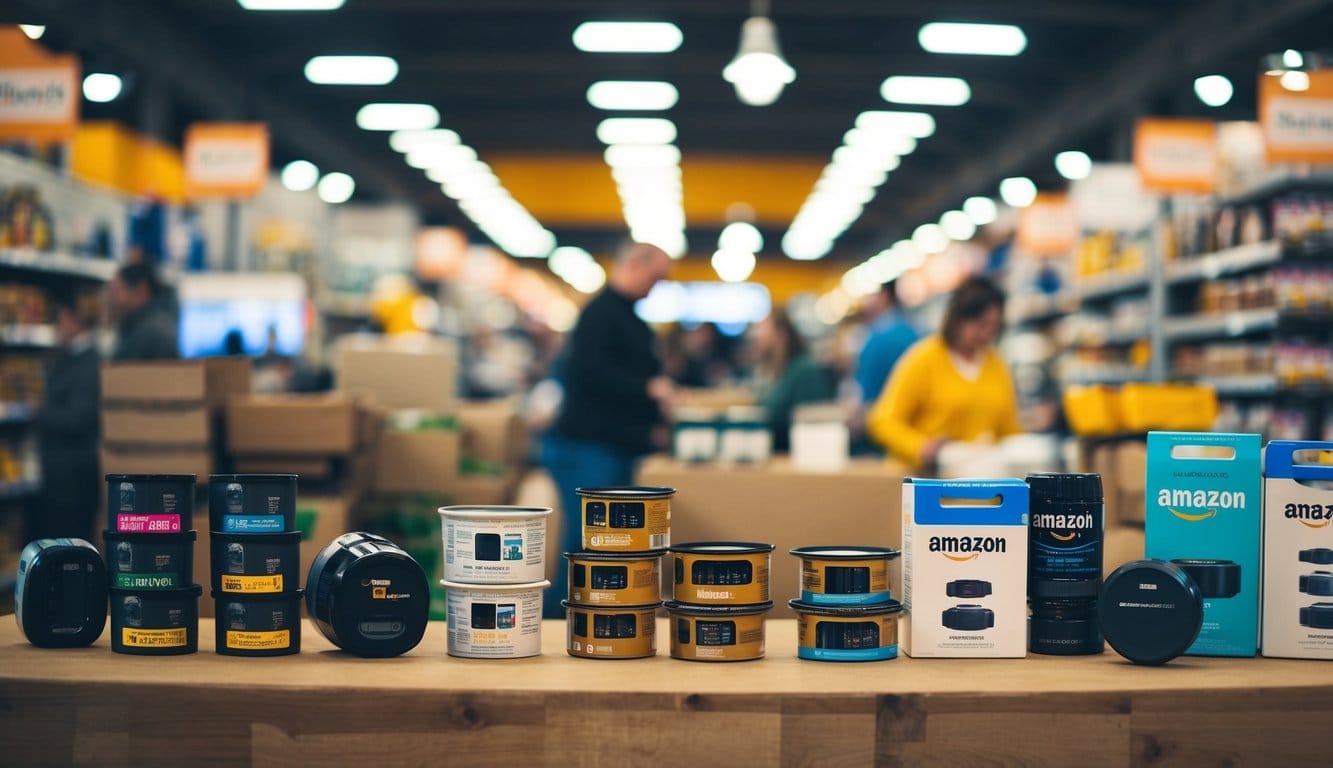
Successful Amazon sellers use smart tactics to boost sales and profits. These methods focus on product selection, optimization, and using Amazon's tools.
Private Label Success
Private label products can be very profitable on Amazon. Sellers pick items to make and sell under their own brand. This gives more control over pricing and quality.
To start, research top-selling items in your chosen category. Look for products with high demand but low competition. Create a unique version with better features or packaging.
Build a strong brand identity. Use eye-catching logos and consistent packaging. This helps products stand out and builds customer loyalty.
Quality control is key. Work closely with manufacturers to ensure products meet high standards. Good reviews from happy customers will drive more sales.
Optimizing for High Profitability
Pricing is crucial for profitability. Research competitors and set prices that balance attractiveness with good profit margins. Use Amazon's pricing tools to stay competitive.
Optimize product listings with clear, detailed descriptions. Use high-quality images that show the product from many angles. Include all important features and benefits.
Use relevant keywords in titles and bullet points. This helps shoppers find your items. A/B test different titles and descriptions to see what works best.
Encourage customer reviews. Follow up with buyers and ask for feedback. Respond quickly to questions and concerns to build trust.
Utilizing Amazon FBA
Fulfillment by Amazon (FBA) can boost sales and save time. Send your inventory to Amazon's warehouses. They handle storage, packing, and shipping.
FBA products are eligible for Prime shipping. This can increase sales, as many customers prefer fast, free delivery. It also helps win the Buy Box more often.
FBA saves time on customer service and returns. Amazon handles most issues directly. This frees up time to focus on growing your business.
Track inventory levels closely. Use Amazon's reports to forecast demand. Restock popular items promptly to avoid running out.
Consider long-term storage fees when choosing inventory. Rotate stock regularly and remove slow-moving items to keep costs down.
Frequently Asked Questions

Amazon sellers often have questions about profitable categories and products. These FAQs provide key insights into top-selling items, profit margins, and success factors for Amazon merchants.
Q: What are the top-selling categories on Amazon?
The most popular categories on Amazon include home and kitchen, beauty and personal care, clothing, shoes and jewelry, toys and games, and health products. Video games and electronics also rank highly among Amazon's best-selling categories.
Q: Which products tend to lead to the highest profit margins in Amazon's storefront?
Beauty and personal care items often yield high profit margins for Amazon sellers. Home and kitchen products, along with clothing and accessories, can also be quite profitable.
Arts and crafts supplies have shown strong profit potential as well.
Q: How can one determine the best product categories for selling on Amazon FBA?
To find the best categories, sellers should look at market demand, competition levels, and profit potential. Researching current trends and analyzing sales data can help identify promising niches.
Testing different products on a small scale can provide valuable insights before scaling up.
Q: What kind of items are consistently the most profitable to sell on Amazon?
Small, lightweight items that are easy to ship tend to be consistently profitable. Products with high demand but low competition often lead to good profits.
Unique or niche items that solve specific problems for customers can also be very lucrative.
Q: In which categories do Amazon sellers generally see the greatest financial success?
Many sellers find success in the beauty and personal care category. Home and kitchen products also frequently lead to strong financial results.
Clothing, shoes, and jewelry can be highly profitable for sellers who understand the market well.
Q: Are there any comprehensive lists detailing which Amazon subcategories yield high profits?
While exact profit data for subcategories is not publicly available, some resources offer insights. Seller tools and market research companies sometimes provide reports on profitable niches.
These lists can change over time as market conditions shift, so it's important to verify current data.
Ready to Start Selling on Amazon the Smart Way?
Join our mini-course at WAH Academy and get step-by-step guidance on choosing your niche, picking winning products, and setting up your first Amazon FBA listing—without the overwhelm.
No fluff. No guesswork. Just real support to help you launch with confidence.
Tap the button below and start building your profitable Amazon business today.

